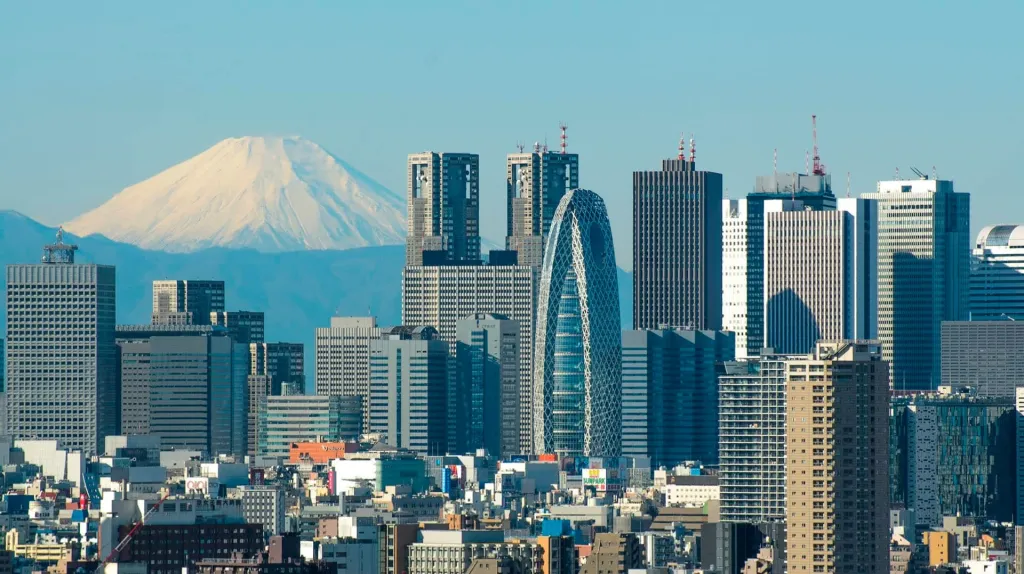Japanese stocks are experiencing a "ninja rally". Why has the market become a favorite of investors?
Foreign investment, domestic savings and corporate governance reforms supported the record rise in the Tokyo Stock Exchange's main index

The Japanese stock market is experiencing a unique upswing: the TOPIX index, the main indicator of the Tokyo Stock Exchange, exceeded 3,000 points for the first time. The four-month "ninja rally" was made possible by a number of factors, including the inflow of $35.7 billion in foreign investment. The growth was fueled by domestic reforms and increased interest in Japan by the world's largest funds.
Details
The four-month rise in Japanese stocks, dubbed the "ninja rally", as the Financial Times (FT) writes, has lifted the TOPIX index to a record high. TOPIX is the main index of the Tokyo Stock Exchange, analogous to the American S&P 500: it reflects the dynamics of more than 2,000 of Japan's largest companies, as opposed to the narrower Nikkei 225, which includes only 225 issuers.
TOPIX growth started in April after market panic caused by US President Donald Trump's trade initiatives. Washington initially threatened to levy a 25% levy on Japanese imports, but the US and Japan later agreed on 15%. Investors looking to move assets out of China and the US and diversify their investments saw this as a positive for Japanese companies.
On August 8, the TOPIX surpassed 3,000 points for the first time in history. Despite a 1% correction this week, the index has gained more than 34% since April 7. By comparison, the European Stoxx 600 added 19.5% and the U.S. S&P 500 added 33%.
What the analysts are saying
Analysts surveyed by the FT note that the rise in Japanese stocks has attracted both foreign and domestic funds. In 2024, Tokyo expanded preferential investment programs, and part of the savings of the Japanese - which in total reach more than $14 trillion - went to the stock market. The return of inflation and the first wage growth in Japan in 30 years became a powerful incentive for investors: keeping money in caches became unprofitable, and the attractiveness of stocks increased.
That said, the current rally is quite different from the gains of 2024, when the export-oriented Nikkei 225 index hit its highest since the 1989 bubble collapse, said Neil Newman, Japan strategist at Astris Advisory Japan.
One of the signals of Japan's growing attractiveness to foreign investors was the decision of hedge fund Bridgewater to reduce investments in China, Newman notes. The fund sold Chinese stocks that were trading on U.S. exchanges. This showed: major players are looking for alternatives, and Japan looks like a safe and promising option.
According to Bruce Kirk of Goldman Sachs, it was foreign investment that drove the "ninja rally". Since the beginning of the year, $35.7 billion in foreign investment has flowed into the Japanese market, mostly after Trump announced new duties. Foreigners have been buying up Japanese stocks almost continuously in recent months, and that's what has driven the TOPIX index to record highs.
Jefferies strategist Srikanth Kale noted that the P/E multiple of the Japanese market has risen to levels that used to be considered the "ceiling" - that is, too high for buying. But the situation has changed: now companies are forced to sell unprofitable assets and become more profitable for shareholders. This opens up opportunities even at high multiples, Kahle says.
Japan began reforms in 2012, but the real change came in 2023, when the Tokyo Stock Exchange launched a "name and shame" campaign. It publicly pointed out companies that failed to meet corporate governance standards. This forced businesses to become more transparent and efficient.
This article was AI-translated and verified by a human editor
